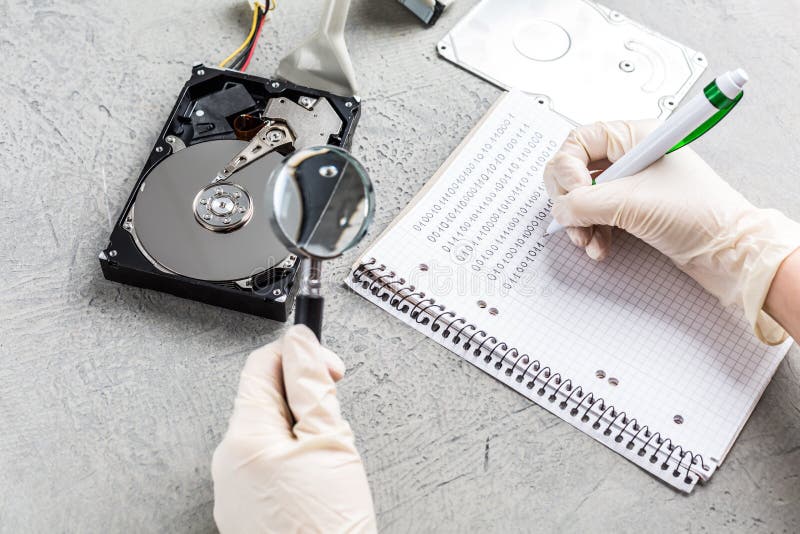

- #Recover failed hard drive mac os#
- #Recover failed hard drive series#
- #Recover failed hard drive mac#
It’s become something of a cliché, but turning it off and on again, is often a good way to reset any gremlins in your system.
#Recover failed hard drive mac#
Here’s what to do if your Mac won’t switch on again. We suggest you back up your Mac at this point before running the risk of the disk failing again. If you are able to fix the hard drive or SSD in your Mac (or a external drive) using Disk Utility you will hopefully be able to recover your files.
#Recover failed hard drive mac os#
If you are using Yosemite or an even older version of Mac OS X, then you will see different options here, such as Repair Disk and the option to Repair Permissions…īack in the day it would have also been advised that you shouldįix Disk Permissions, but Apple removed the ability to repair permissions in Sierra, probably because meddling with permissions can cause all sorts of issues. Note that Apple updated Disk Utility in El Capitan and the options and capabilities have changed quite a bit since then.
#Recover failed hard drive series#
This is part of a series of articles about backing up your Mac, read more here:


SSDs are fundamentally different from HDDs, and although they seem to act the same, fixing them is a whole different matter, and the chances of recovery are far worse, however, we will examin your options below. If you can get your hard drive running on any computer other than your own, you should take your computer into a tech company somewhere to get it checked out.If your drive isn’t a hard disk but an SSD (Solid State Drive) you may find the problem is more serious.

Internal hard drives present a more complicated problem.You'll also want to try a replacement cable in case the old one is malfunctioning. If you're using an external hard drive, this is as easy as unplugging it from your computer and plugging it into a different one.If you can get your hard drive to work on a computer other than the one in which it currently resides, the problem isn't necessarily with the hard drive itself-it's with the cables or the ports on your computer. Try plugging your hard drive into a different port or computer.


 0 kommentar(er)
0 kommentar(er)
